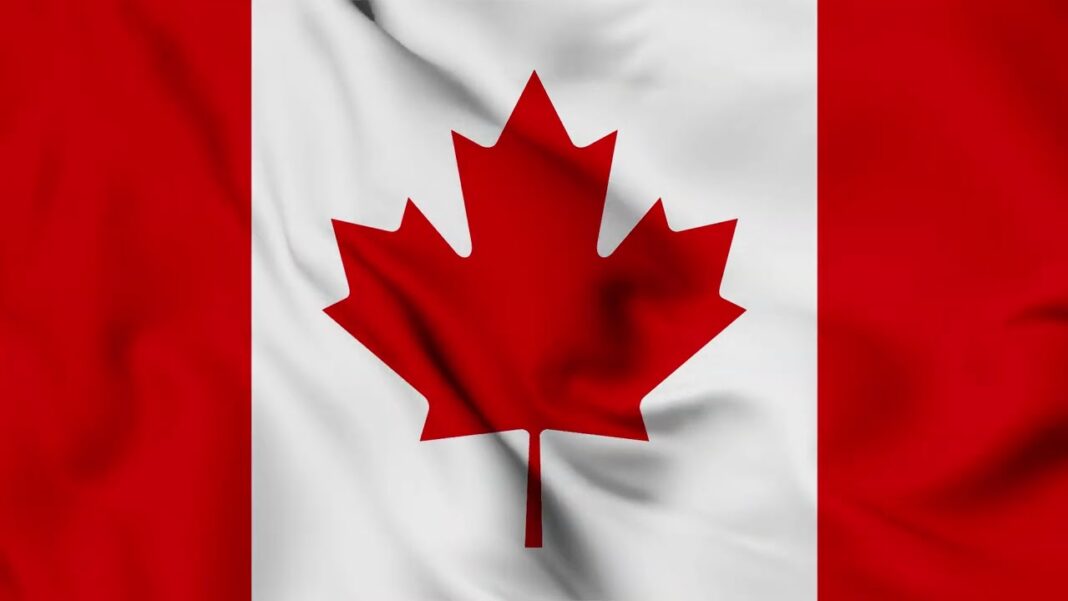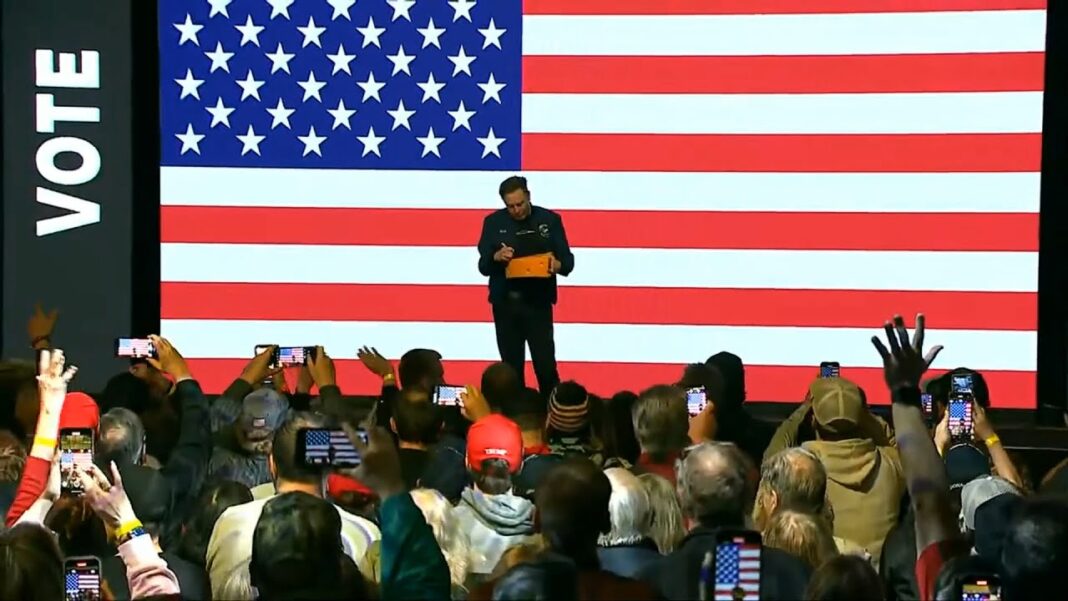U.S. President Donald Trump unveiled his long-promised plan seeking to rebalance global trade with reciprocal U.S. tariffs on April 2, but didn’t impose new tariffs on Canada.
A senior White House official said the initial 10 percent tariff on energy imports from Canada along with the broad 25 percent tariff on goods from Canada and Mexico in relation to illegal migration and fentanyl trafficking will remain in place unchanged. The current exemptions for goods covered by the United States-Mexico-Canada Agreement (USMCA) free trade deal, implemented on March 6, also remain.
“At this time, Canada and Mexico, they continue to be subject to the national emergency related to fentanyl and migration, and that tariff regime will persist while those conditions persist, and they will be subject to that regime, and not the new regimes,” said the official while speaking to reporters before Trump’s announcement.
The official added that if the fentanyl and migration issues are resolved, Canada would default to the new reciprocal tariff regime where USMCA goods would continue to have “preferential treatment” and other goods would have a 12 percent reciprocal tariff.
The new regime imposes a 10 percent baseline tariff rate, effective April 5. Higher rates will be imposed on April 9 for countries that the Trump administration considers the “worst offenders” on trade.
The reciprocal tariffs for other countries include 34 percent on China, 26 percent on India, 24 percent on Japan, 20 percent on the European Union, and 10 percent on the United Kingdom and Australia. The White House said these tariffs are equal to or lower than the tariffs those countries impose on the United States, including “currency manipulation and trade barriers.”
During his speech at the White House on April 2, Trump said the tariffs would be the country’s “declaration of economic independence” and will give the U.S. government trillions of dollars in tariff revenue while bringing jobs and factories “roaring back” to the country. The United States is seeking to address its trade deficit, which stood at over US$918 billion in 2024.
Trump singled out Canada specifically for its supply management system, saying the country imposes tariffs as high as 300 percent for its dairy products. “When you look a little bit, it’s not a pretty picture, and we don’t like it. It’s not fair to our farmers. It’s not fair to our country,” Trump said.
Trump also repeated his previous claims that the United States subsidizes Canada for “close to $200 billion a year” and said the country needs to “work for yourselves.” According to the U.S. Trade Representative, the United States had a trade deficit in goods of US$63.3 billion with Canada in 2024. Canada is the United States’ largest provider of foreign oil, and when those imports are removed from the equation, the United States has a trade surplus in goods with Canada.
By Noé Chartier and Matthew Horwood







